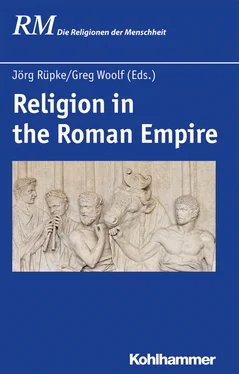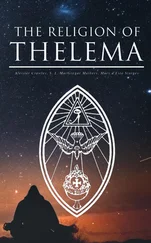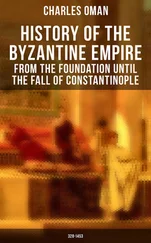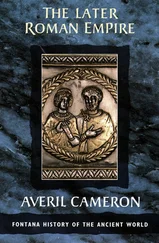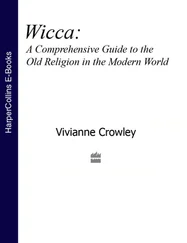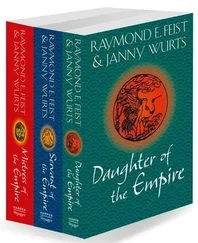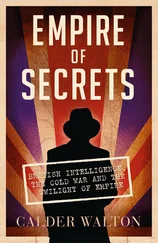That political system evolved rather more slowly during the first two centuries CE. Local cultures persisted, but some parts of the empire followed the same path as Italy had done in the last century BCE. Across the empire a network of between two and three thousand cities emerged, most using Latin or Greek as their public languages. Religious institutions that had originated in central Italy or around the Aegean became widespread. Economic growth, a modest increase in mobility and peace all provide conditions for religious exchanges of all kinds. Italian style priesthoods and temples were imitated (and modified) in much of the west and temple-states in the east came to resemble Greek poleis. Not all movement was from the centre to the edge. A number of local deities from Anatolia, Syria, Palestine and Egypt travelled, sometimes in modified forms throughout the empire. No Reichsreligion, no Religion of the Empire, ever emerged. But the empire provided a capacious zone of interaction.
The structure of the empire evolved too in ways that were slow and unplanned, punctuated by dramatic decisions at the centre. Military crises in the middle of the third century triggered by war with Persia and movements on the steppe meant that emperors and their courts spent longer and longer away from Rome. The public religion of late antique Rome, once the emperors had departed, looks self consciously archaizing, but even those senators most committed to projects of traditionalism and restoration were also involved in mystery cults and various theological speculations. The population of Rome, and of most cities, was reducing in this period, and in many part of the empire local traditions were revived or invented. Against this background of slow change the interventions of emperors appear as dramatic acts the impact of which is never completely clear. This applies to Deciusʼ requirement that all Romans (now effectively all his subjects) produce proof of sacrifice, it applies to imperial initiatives to persecute Manicheans and then Christians, it applies to edicts about magic and about the Jews. In many times and places we suspect lived religion did not change rapidly.
The conversion of the emperor Constantine to Christianity in the early fourth century had an immediate impact on the imperial court, and restrictions on the public funding of the worship of other gods and of sacrifice itself had an impact on many cities by the end of the fourth century CE. Yet polytheism flourished in some parts of the empire through the fourth century, survived in pockets into the sixth, and perhaps for many made less of a difference than church leaders claimed. Funerary rituals show no sudden shift. The Lupercalia survived in Rome into the fifth century CE, and Roman games in connection with the cult of Roman emperors were performed in Carthage under the (Christian) Vandal kings. Bishops vacillated between a pragmatic rebadging and appropriation of existing ritual traditions and occasional prohibitions, the efficacy of which has often been doubted.
No society remains the same over 1500 years, and no empire that takes weeks to cross is socially homogenous. Beneath the Latin and Greek rhetorical cultures of civic elites and imperial officials, every kind of local diversity could be found. These microcultures were not all of them very conservative—notoriously many communities in the west of the empire and the Roman Near East retained almost no public memory of the world before Rome. When something new arrived—the cult of the emperors, the worship of Christ—it almost always fragmented into a myriad of local traditions. Part of this was a process analogous to modern globalization, the local appropriation of the global—and part of this was simply a feature of the narrow horizons within which most ancient lives were lived. Women rarely moved long distances and almost never without the men to who they were related or who owned them. Many men too rarely travelled beyond their own community and those that bordered it. The inhabitants of inland communities often never saw the sea, many inhabitants of the empire had very imperfect knowledge of any language beyond the ones spoken where they had been borne. Writing was widely used, but the capacity to read long texts (and access to them) was very restricted.
The organisation of our chapters attempts to capture some of that diversity and mutability, but cannot offer a comprehensive account of it. Chronologically we have most to say about the period from the end of the first century BCE to the third centuries CE when literary texts, inscriptions and monumental building are more numerous than ever before or after. But we reach back, when we can, to the world of Varro and Cicero and occasionally beyond. And we have tried not to overemphasised the immediate impact of Christianity.
The themes we have chosen are those for which a lived religion approach seems to us to have most to offer. Objects and well explored locales feature, as a result, more than does law or philosophical theology. Other thematics were discussed and would have been possible, and sometimes we have made difficult choices in order to avoid duplication or artificial demarcations. One example is the question of how to deal with the body, a key locus for ritual action and prohibition in the Christian period and also before. It would be been possible and interesting to explore Roman religion in these terms. But after discussion we decided that since knowledge and practice are both embodied, it would be better to stress this integrally within other chapters, so we could explore lived spaces in terms of the bodies that passed through them, connect images of bodies and body parts to those of the worshippers who dedicated them and so on.
This instance illustrates one other distinctive feature of this book, its collaborative nature. Encyclopaedic projects often divide authorial responsibilities between a team of authors who work more or less autonomously if in parallel. We felt it was important that this subject be more deeply and routinely collaborative. One expression is that almost every chapter is co-authored. But our collaboration goes deeper than this. The conception and design of the project has been a shared one from the start, and although the editors share the final responsibility, they are glad to acknowledge, with gratitude, the degree of participation by all involved.
Albrecht, Janico et al. 2018. »Religion in the Making: The Lived Ancient Religion Approach.« Religion 48 , 4. 568–593.
Altheim, Franz 1931. Römische Religionsgeschichte 1: Die älteste Schicht. Berlin: De Gruyter.
Archer, Margaret S. 1996. Culture and Agency: The place of culture in social theory . Orig. 1988 ed. Cambridge: Cambridge University Press.
Asad, Talal 1993. Genealogies of Religion: Discipline and reasons of power in Christianity and Islam. Baltimore: Johns Hopkins University Press.
Bailey, Cyril 1932. Phases in the Religion of Ancient Rome . Sather Classical Lectures 10. Berkeley: California University Press.
Beard, Mary, John North, and Simon Price 1998. Religions of Rome. 1: A History. 2: A Sourcebook . Cambridge: California University Press.
Bell, Catherine 1992. Ritual Theory, Ritual Practice . New York: Oxford University Press.
Bender, Courtney 2016. »How and Why to Study up: Frank Lloyd Wright’s Broadacre City and the Study of Lived Religion.« Nordic Journal of Religion and Society 29 , 2. 100–116.
Bonnet, Corinne, Jörg Rüpke (eds.) 2009. Les religions orientales dans les mondes grec et romain = Die orientalischen Religionen in der griechischen und römischen Welt Trivium: Revue franco-allemande de sciences humaines et sociales/Deutsch-französische Zeitschrift für Geistes- und Sozialwissenschaften 4. Paris: Maison des sciences de l’homme.
Читать дальше
